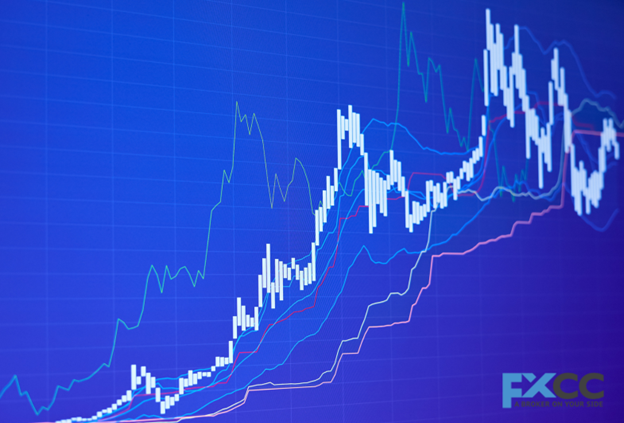In the dynamic world of forex trading, there’s a crucial element that often goes unnoticed but significantly influences trading outcomes: forex rollovers. These rollovers, also known as overnight swaps or swap rates, play a vital role in shaping the profitability and risk management of your trades. Let’s delve into the world of forex rollovers and uncover their impact on your trading journey.

What are Forex Rollovers?
Forex rollovers refer to the interest paid or earned for holding a currency position overnight. When you engage in forex trading, you’re essentially borrowing one currency to buy another. Rollovers occur because currencies are traded in pairs, and each currency has its interest rate set by its respective central bank.
How Do Forex Rollovers Work?
When you hold a forex position overnight, you either pay or receive interest, depending on the interest rate differential between the two currencies in the pair. If you’re trading a currency pair where the base currency has a higher interest rate than the quoted currency, you’ll earn rollover interest. Conversely, if the base currency’s interest rate is lower, you’ll pay rollover interest.
Factors Affecting Rollover Rates
Several factors influence rollover rates, including central bank interest rate decisions, market liquidity, currency volatility, and geopolitical events. Central bank policies, such as monetary easing or tightening, can have a significant impact on rollover rates and overall market sentiment.
Impact of Rollovers on Trading Costs
Rollover rates directly affect the cost of holding positions overnight in forex trading. Higher rollover rates can eat into your profits if you’re holding a position that earns less interest than the rollover rate. Conversely, lower rollover rates can work in your favor, reducing the cost of maintaining positions.

Understanding Rollovers and Carry Trades
Carry trades involve borrowing in a low-interest-rate currency to invest in a high-interest-rate currency, aiming to profit from the interest rate differential. Rollovers play a crucial role in carry trades, as traders seek to capitalize on favorable interest rate differentials while managing the associated risks.
Managing Rollover Risks
To mitigate the impact of rollovers on trading costs, traders employ various risk management strategies. These may include adjusting position sizes, hedging currency exposures, or timing trades to take advantage of rollover rate differentials.
Strategies to Optimize Rollover Rates
Traders can optimize rollover rates by carefully selecting currency pairs with favorable interest rate differentials, monitoring central bank policies and economic indicators, and strategically timing their trades to maximize rollover earnings or minimize costs.
Frequently Asked Questions (FAQs)
What is the significance of rollover rates in forex trading?
Rollover rates play a crucial role in determining the cost of holding positions overnight and can significantly impact trading profitability.
How are rollover rates calculated?
Rollover rates are calculated based on the interest rate differentials between the two currencies in a currency pair and the size of the position held.
Can traders profit from rollover rates?
Yes, traders can profit from rollover rates by holding positions in currency pairs with favorable interest rate differentials and earning rollover interest.
Are rollover rates fixed or variable?
Rollover rates are variable and can fluctuate based on changes in central bank policies, market conditions, and currency volatility.
What risk management strategies can traders use to mitigate rollover risks?
Traders can mitigate rollover risks by adjusting position sizes, hedging currency exposures, and staying informed about economic events that may impact interest rates.
Conclusion In conclusion, understanding the impact of forex rollovers is essential for navigating the intricacies of currency trading successfully. By grasping the concept of rollovers, monitoring relevant factors, and implementing effective risk management strategies, traders can optimize their trading performance and achieve their financial goals in the forex market.


